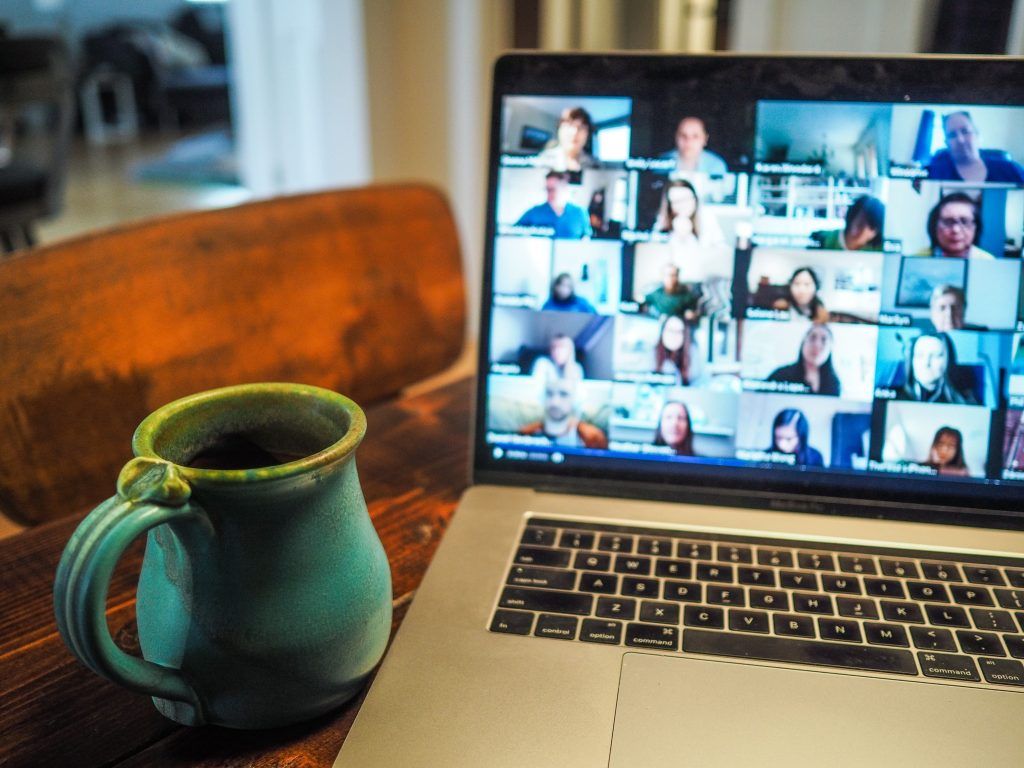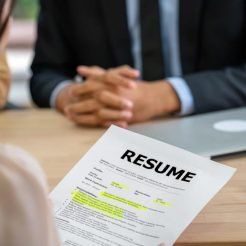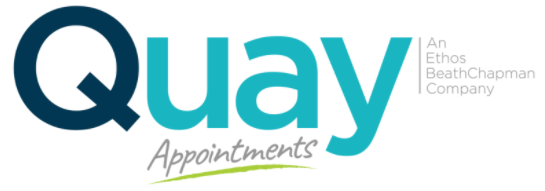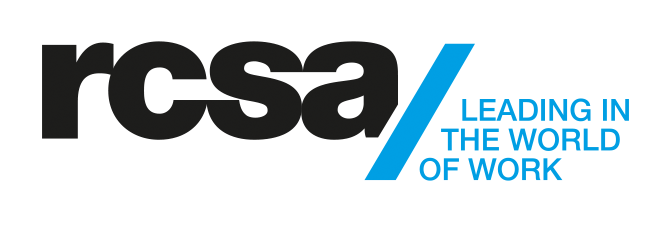Job Hunting in 2021: Tips and Tricks – Part 2

According to the latest labour force report by the Australian Bureau of Statistics, there are more than 770,000 people unemployed in Australia as of March 2021. All those people, if not, most of them are in the job hunt. That is actually an improvement as the unemployment rate went down to 5.6% by March. Employment continues to improve here in Australia and as recruiters, we must do everything we can to help more people get back on track. With that, here is the second part of our “Job Hunting in 2021” series. Feel free to revisit part 1 as a refresher.
Here are some more tips to help job candidates out there.
Strengthen your LinkedIn profile

Majority of recruiters rely on LinkedIn to find top talents. If you have not opened your profile in a while, then it is time for you to head back. Make sure to incorporate vital information about your job experience and skills that would be relevant to recruiters. Take online coursed offered on the platform and collect certificates. These achievements can help you stand out among recruiters. You can also reach out to your former supervisors and managers and ask if they can write recommendations and endorsements for your profile. Just remember to be honest with the information you enter and present. Neve ever mislead people, especially recruiters.
Visit your potential employer’s blog or insight page
You can learn a lot about an employer from their website’s about us and home page. But if you want to learn more, why not consider accessing their blog or insight page and reading their publications. Most organisations write about topics, issues and/or developments that are important to them. Some use it to share their own insights, while others for announcements. You can make good use of that information to learn more about your potential employer.
Familiarise yourself with different video communication apps or programs

Virtual recruitment is here to stay and it is best that you practice using different video communication programs. Zoom, Microsoft Teams, Google Meet, Skype, Marco Polo and more. Most of these programs basically offer the same features but they have unique strengths of their own. This is mostly a bonus but it won’t hurt to go the extra mile to improve yourself
Do a practice interview

When I send out invitations for job interviews, most candidates quickly ask me what questions are going to be asked. Most candidates are more nervous waiting for the interview more than during the interview. Instead of just waiting around, make better use of that time and practice for the interview. Review the job description and from there, write a list of potential questions you might receive and practice answering those.
Ask more questions than the interviewer
In the first part of this series, I mentioned asking about career mobility during the job interview. There are more important questions. For example, you can ask about short-term and long-term goals for the role you are applying for. Don’t also forget to ask about company culture and employee wellbeing. Remember that these important questions can help you find more value in a job you are applying for and that would allow you to provide more value to the role. Remember, you don’t have to settle for a job that offers little value or no value at all.
Show them you are willing to grow
“Fast learner” or “willing to learn” are common attributes when it comes to resume. Simply saying those phrases won’t be enough. During the interview, show the interviewer or the employer that you are eager to grow, not just learn, and in doing so, present ideas of your own.
One of the biggest fears among recruiters nowadays is that job candidates and employees don’t have the ideal skills for both present and future roles. The willingness to learn, no matter the industry is key to being competitive and helping an organisation be competitive as well. Before the interview, take the time to reflect on your career path and reposition yourself towards the direction you want to take. And then, take action.
Job markets here in Australia, for different industries, will only continue to be competitive. That is why it is important for job candidates to grow alongside these changes and circumstances. As recruiters, we must provide all forms of support we can to the best of our abilities.











